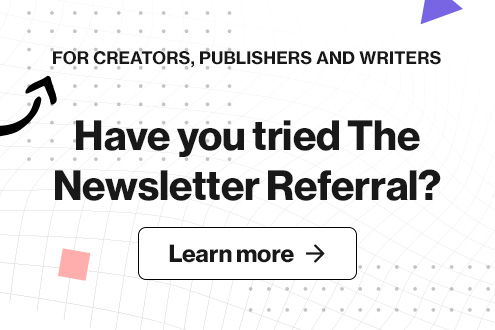Newsletter Referral Programs: An Actionable Guide
Learn how to build, run, and improve your newsletter referral program.
Social media and search engine algorithms are drowning the voices of millions of creators, writers, and journalists.
As a result, these people turned back to good ol’ email to grow and keep in touch with their audience.
Email newsletters are booming, and every day more and more creators ride the wave.
In this guide, you’ll learn how to grow an engaged email list with a newsletter referral program.
Enjoy!
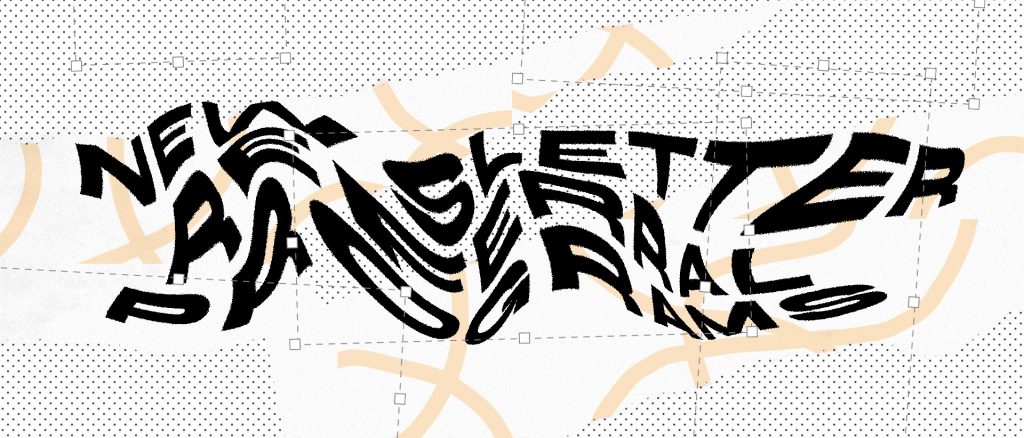
Prologue
Creators, Writers, Journalists; what do they all have in common?
The fear of not being heard.
Writing something worth reading takes years of practice. You also have to put up with the pain of looking at an empty screen, unable to write.
Don’t even get me started about what happens after publishing– the anxiety of having to top yourself, the thought that this was your best work to date.
And as these weren’t enough, you also have to face social media and search engine algorithms.
Obeying the needs of a bot has come to be one of the biggest nightmares for people producing any content for online use, as most of the time, it doesn’t get in front of their audience.
As a result, potential readers never click on your article. They don’t ‘Like’ (sic) or engage in any way with your post, a post that could potentially improve their lives.
And there you are, back at the rat race again.
That’s a bleak intro, but there’s hope; because content consumers are also tired of being bombarded with headlines. They know that understanding a topic takes more than a keyword optimized article. They are looking for authority, a mentor.
That allows us an opportunity to overcome algorithms and land right in front of our fans.
For businesses, long gone are the days when every marketer out there was screaming “content marketing.”
Almost every type of business is on board- from eCommerce to startups. There’s even the up and coming Newsletter business (more on that later).
This brings me to this article’s main point/guide/whatever keyword Google wants me to put here.
At Viral Loops, we’ve been using our content to get more eyeballs from day zero. It’s not only a way for us to get clients but also an integral part of our brand.
Over the years, we’ve tried numerous distribution methods for our content, but our #1 source of traffic has always been our email newsletters.
I guess it’s been the same for numerous other companies because the more we talked to our clients, the more it became apparent that an email list is crucial for your brand to overcome algorithms and be heard.
That’s why we built a product that will not only help you to maintain your relationship with your readers but also build your newsletter list faster:
This product is a tool that will help you build a newsletter referral program; YES, a referral program that lives inside your email newsletter.
Throughout this guide, I’ll share all the knowledge that we gathered about referral programs and help you build your own newsletter referral campaign.
The end goal is for you to have a clear understanding of how you can get new subscribers for your list and get new customers with the combined power of word of mouth and email.
Enjoy!
Newsletters: Past, Present & Future
Before we embark on this journey, we have to define what we’re talking about.
What is an email newsletter?

The birth of the newsletter
Enter the email newsletter
Email marketing changed

- Email remains relevant as ever.
- It provides opportunities for profit and growth.
Why build a Newsletter referral
- Create and distribute search-friendly articles and guides (like the one you’re reading)
- Social Media posts.
- Giveaways.
- Exit-intent pop-ups.
- Referrals

Companies that integrated a referral program in their email newsletter
TheHustle
Morning Brew
TheSkimm
How to build a Newsletter Referral program
The referral system

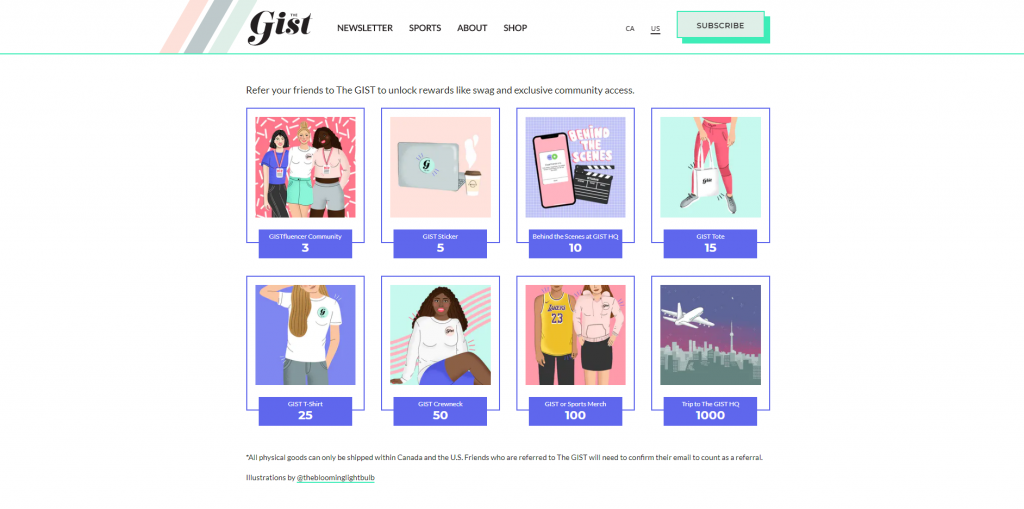
The landing page
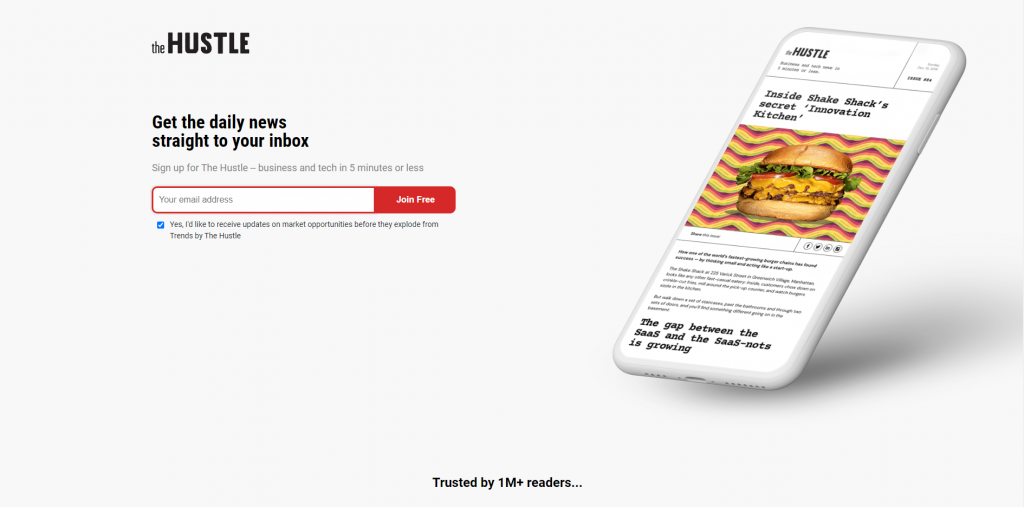
The same applies to Popular Info, but they also have a dedicated page for those that participate in their referral program.
The page acts as a dashboard where participants can overview their progress towards a reward, the number of successful referrals, and share options.
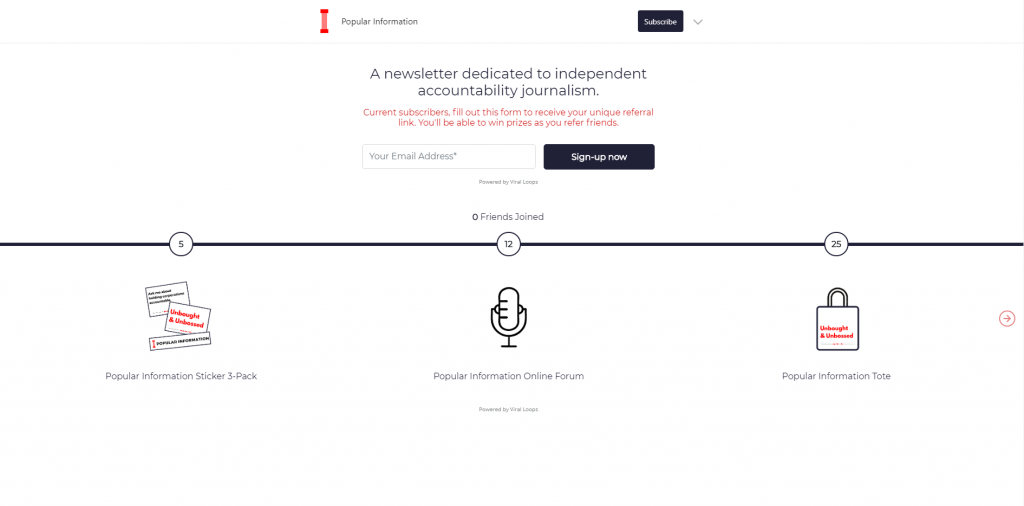
Embedding the program in your emails

Choosing the right reward for your newsletter referral
- Don’t give rewards that don’t align with your brand identity. Yes, you can get more email subscribers by offering a new iPhone, but the goal is not just to expand your subscriber count; As I’ll explain later, your newsletter list should consist of active readers.
- A good referral reward is something that acts as an extra incentive to get your readers to refer their friends to your email newsletter. You want people to share their referral link because they enjoy your product, and also can benefit from your referral program. As I said in a previous section, the quality of your work comes first.
- Spot the things that your readers enjoy about what you do, and pick rewards that enforce that experience.

Free membership
Exclusive newsletter
Free eBooks
Access to exclusive communities
Merchandise
Early access
Virtual coffee with your team
Limited-time giveaways
Internal currency
Measuring the performance of your newsletter referral program
- The Viral Coefficient (K-Factor).
- Participant Conversion Rate.
- Participant Share Rate.
- Invitation Click-Through Rate.
- Invitation Conversion Rate.
The most important metric of your email newsletter referral program


